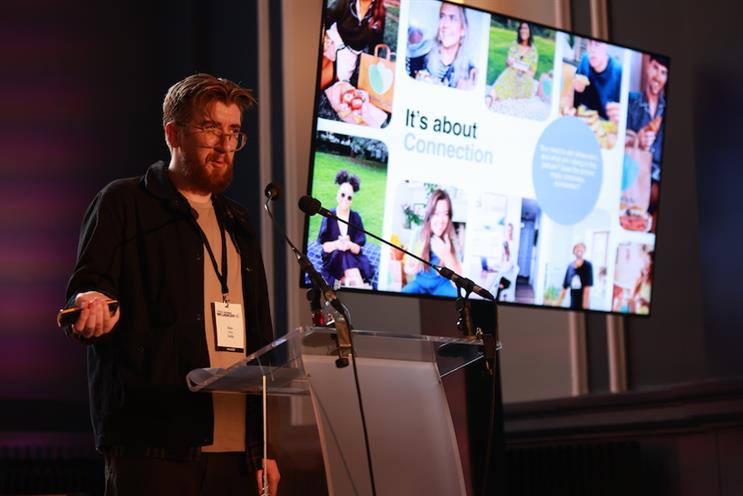
As influencer marketing budgets increase, there are understandably calls for greater scrutiny of how it works and how brands can make better use of it in their marketing campaigns.
Influencer marketing agency Tailify specialises in ‘influencer marketing, powered by science’. It utilises live data sources and evolving behavioural science metrics to analyse more than 100 variables of an influencer’s output, style and approach.
This can feed into influencer selection and messaging which Tailify claims returns an average of twice the ROI compared with campaigns that rely on top line metrics and gut feel.
Speaking at Influencer 360, Alan Gray, senior research psychologist at Tailify, revealed some of the benefits of adopting a psychological approach to assessing influencer marketing.
Drawing on a report that Tailify has produced that includes 41 practical tips for content creation, Gray discussed some of the ways that brands could make their campaigns more effective.
“When you are on Instagram some posts stand out more than others which you scroll right past. Why is that?” he asked.
It’s all in the eyes
One of the most powerful ways of ensuring content cuts through is with eye contact. Research shows that when the person on the post is looking directly at the viewer, it commands more attention.
“You are more likely to notice a face in a crowd if they are looking directly at you. It is faster to identify them and faster to recall them in the future,” he said.
In capturing our attention, it changes how we process information, said Gray. It can even increase the propensity to buy a product.
“Even when looking at you with just one eye it means more likes, more comments and more click throughs. It is true for multiple campaigns on Instagram, and it also pans out on other platforms such as YouTube where you get a higher engagement rate.”
Tailify has developed software to assess the level of eye contact throughout a video to produce an ‘average eye contact score’ for individual videos or across an entire channel, and again, a correlation between eye contact and engagement is established.
“We are able to compare influencer performance on this subtle measure,” he said.
Left-sided bias
Another fascinating revelation by Gray is that most of us tend to favour the left side of our face when presenting to camera.
“Most people pose this way in their pictures and selfies,” he said.
A study in 2019 looked at the top 25 influencers on Instagram and took the 10 most recent pictures that showed their left side, and the 10 most recent pictures that showed their right and compared them for likes.
Only three influencers had more likes for their right-side images than for their left.
No one is completely clear why this should be but studies have found that people associate left-sided images as being more expressive, more emotional, more honest and more trustworthy.
In terms of influencer campaigns this equates to more likes, comments and click throughs for left-sided images.
It depends on the platform
Gray noted an interesting caveat to the findings – different contexts call for different things.
For example, on Instagram you might well want to be seen as emotional and expressive. Whereas on LinkedIn, people want to come across as professional, unemotional and respectable – and studies have shown that people are actually more likely to show their right side over their left on the platform.
“So it’s platform dependent as both of these things really depend on the context,” said Gray.
The insights from psychology show that what can appear to be randomly produced images do in fact have a deep logic that we are only starting to understand.
Influencers are sending out messages about their relationship with their followers even if they are not aware of it.
“Instagram and other platforms are based on generating relationships and there are many subtle ways to generate those relationships,” said Gray. “The successful influencer is dependent on the relationship they have with their followers. It’s all about connection.”


